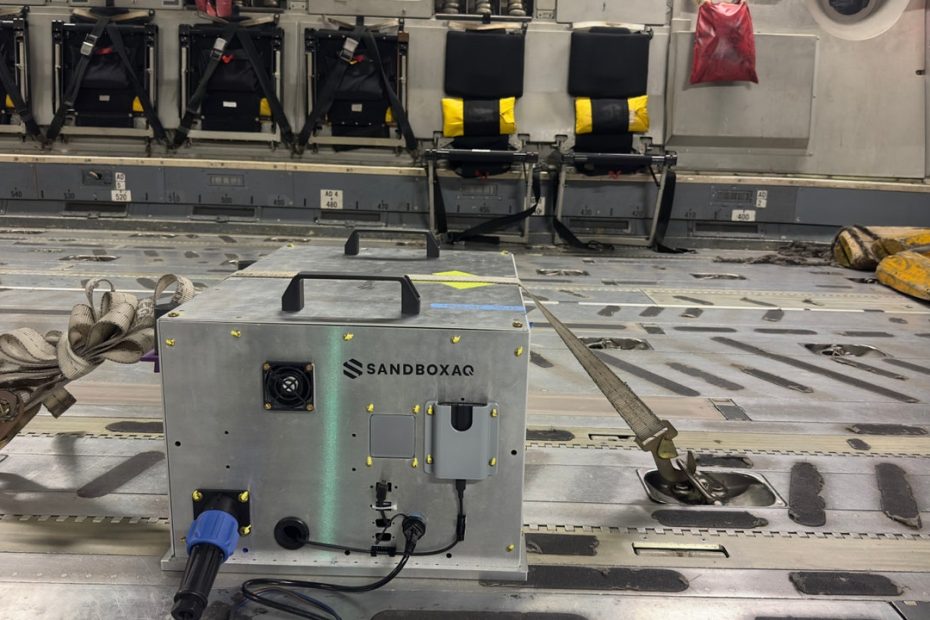GPS is vulnerable to attacks. Magnetic navigation can help
much higher than yours Satellite constellations work continuously to provide positioning, navigation and timing systems that quietly run modern life. The signals from these satellites, known as Global Navigation Satellite Systems (GNSS), provide the basis for mobile networks, energy grids, the Internet and GPS. Moreover, their reliability is increasingly under threat.
GPS signals can be jammed (deliberately drowned out by other powerful radio signals) and spoofed, releasing false signals to trick positioning systems. GPS interference has been recorded in Ukraine, the Middle East and the South China Sea.
But startup SandboxAQ believes that artificial intelligence combined with MagNav, a navigation system that reads the Earth's magnetic field, can mitigate these threats to GNSS. “Our technology will not replace (GNSS) but can enrich existing navigation systems to improve safety and serve as an alternative primary navigation source in the event of a GPS outage,” said Luca Ferrara, general manager of SandboxAQ's navigation division.
SandboxAQ's navigation technology, called AQNav, uses quantum magnetometers—devices that can detect changes in magnetic fields with great precision by measuring subatomic particles—to generate readings of the Earth's magnetic field. “We are looking for unique fingerprints of magnetized rock layers in the Earth's crust,” Ferrara said.
Artificial intelligence is then used to pinpoint the aircraft's position by comparing it to known magnetic field maps. AI also eliminates any external interference generated by the aircraft, such as sudden movements or signals from electrical systems; individual aircraft have unique characteristics in introducing magnetic interference.
So far, the U.S. Air Force, Boeing and Airbus have conducted test flights using the system. “Since May 2023, we have deployed and tested multiple iterations of our hardware and software,” Ferrara explained. “AQNav has flown hundreds of kilometers in different types of aircraft, from single-engine aircraft to large military transport aircraft. It has been tested in real-life flight scenarios, including two major U.S. Air Force military exercises.”
SandboxAQ's team and its ideas were inspired by Google's parent company, Alphabet, from 2016 to 2022. The original idea was to find applications for artificial intelligence and quantum technologies developed at Google's moonshot factory.











